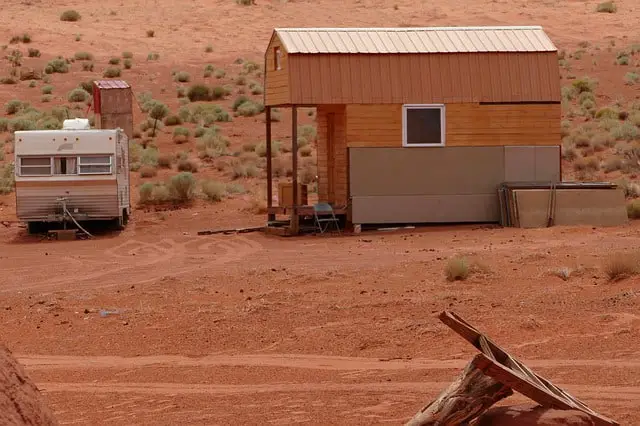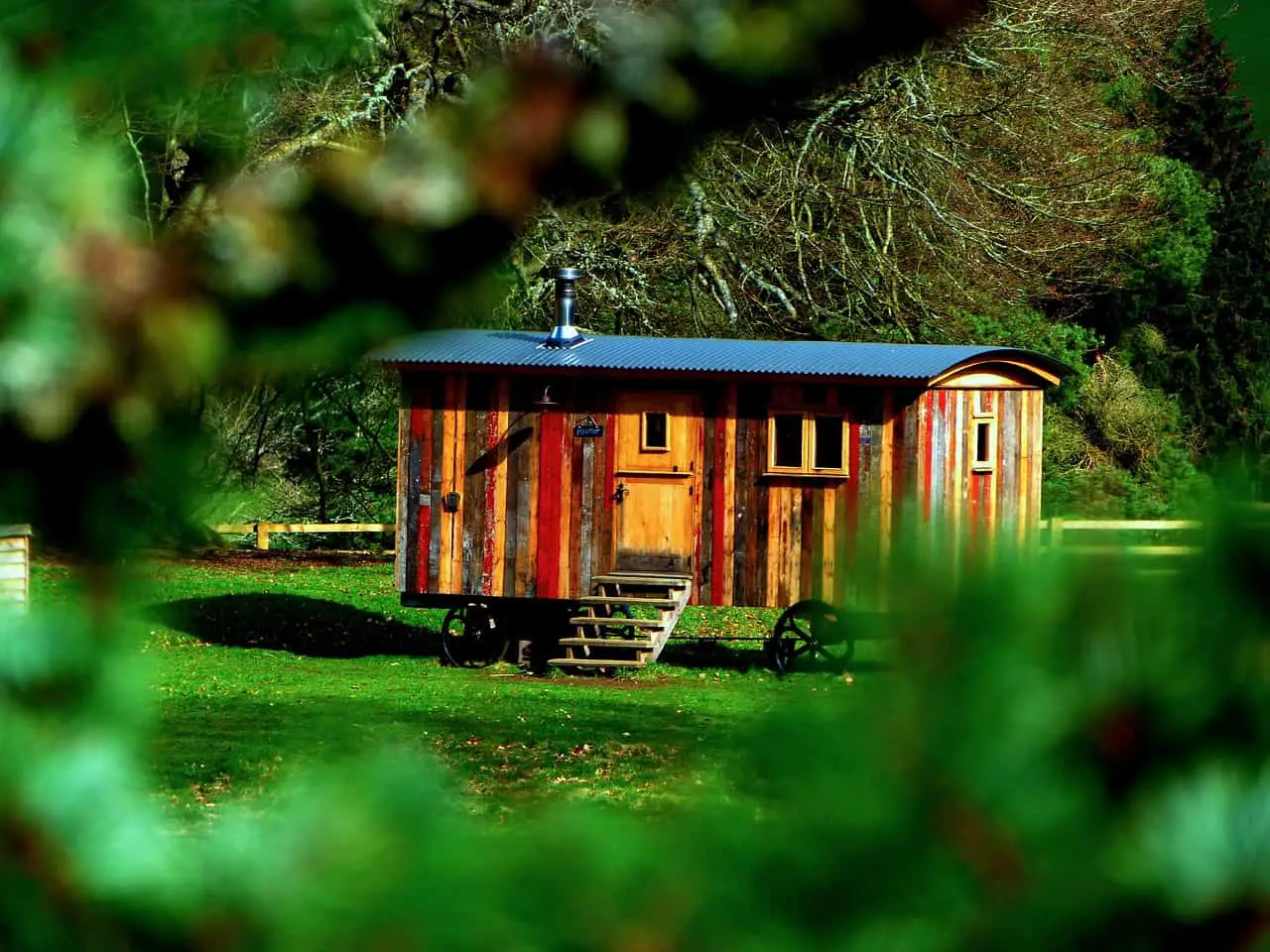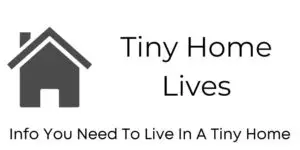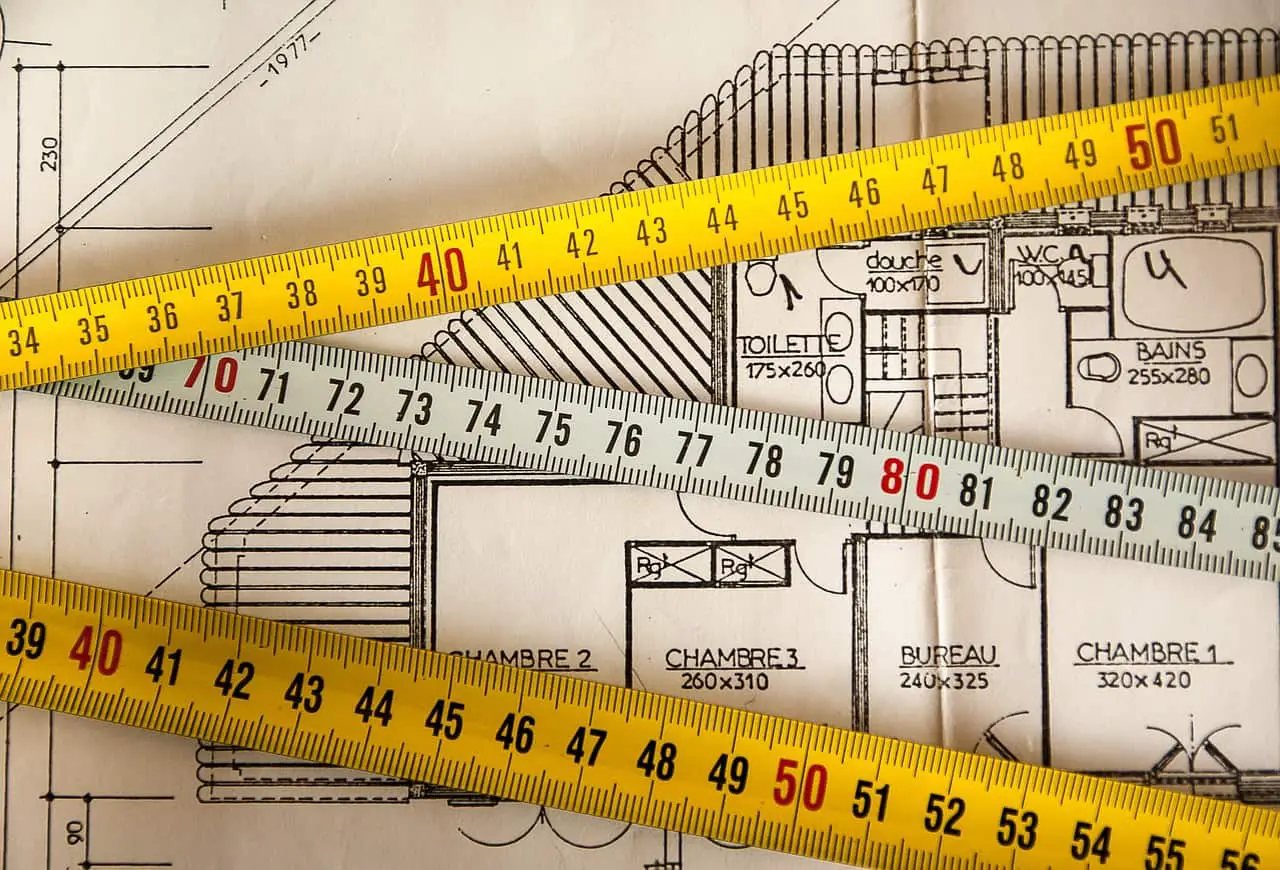Table of Contents
Image from Pixabay
*This post may contain affiliate links. As an Amazon Associate we earn from qualifying purchases.
So you want to build a tiny house? You’re certainly not alone. In fact, the small house movement has been gradually and consistently picking up steam for many environmentally and financially conscious homeowners who seek to live a simpler life. Clearly, the most obvious reason most people narrow down their living space is to save money, but many other benefits exist. If this new standard of living is in the cards for you, before investing one dollar in building or furnishing, your first step should be to determine the best tiny house dimensions for your needs.
How Large Can a Tiny House Be?
Believe it or not, just like any other home, tiny house dimensions can vary. Generally, how large or how small your tiny house can be is up to you. There’s no hard and fast rule on tiny house limits. However, you might be surprised to learn that each state has its own regulations, which mostly focus on whether your tiny house is large enough to fall within established home zoning standards. If that’s the case, you must pay fees as you do with a standard residentially zoned home.

Image from Pixabay
Average Size
When it comes to cutting back on space and possessions, which are typically the driving forces for building a tiny home, don’t be “size-shocked.” Many tiny homes range anywhere from 60sq.ft. up to 500sq.ft on average. When you consider the average standard home size in America today is around 2600 sq.ft, the tiny house would be more comparable to a bedroom and in some cases a master bathroom.
How Long and How Wide?
The tiny house dimensions may vary, but here are a few common sizes you may want to consider.
- home
Trailer or No Trailer?

Image from Pixabay
One aspect of the tiny house movement worth considering is building your home on a trailer. While it may sound extreme, it’s really not much different from living in a mobile home or RV. The biggest difference might just be the durability of the home. Because a tiny house is built under the same standards as any other free-standing home, just on a smaller scale, it tends to be a sturdier and more well-built structure than what you can expect from a mobile home.
Considerations for Building on a Trailer
So you want to build a tiny house? You’re certainly not alone. In fact, the small house movement has been gradually and consistently picking up steam for many environmentally and financially conscious homeowners who seek to live a simpler life. Clearly, the most obvious reason most people narrow down their living space is to save money, but many other benefits exist. If this new standard of living is in the cards for you, before investing one dollar in building or furnishing, your first step should be to determine the best tiny house dimensions for your needs.
How Large Can a Tiny House Be?
Believe it or not, just like any other home, tiny house dimensions can vary. Generally, how large or how small your tiny house can be is up to you. There’s no hard and fast rule on tiny house limits. However, you might be surprised to learn that each state has its own regulations, which mostly focus on whether your tiny house is large enough to fall within established home zoning standards. If that’s the case, you must pay fees as you do with a standard residentially zoned home.
Average Size
When it comes to cutting back on space and possessions, which are typically the driving forces for building a tiny home, don’t be “size-shocked.” Many tiny homes range anywhere from 60sq.ft. up to 500sq.ft on average. When you consider the average standard home size in America today is around 2600 sq.ft, the tiny house would be more comparable to a bedroom and in some cases a master bathroom.
How Long and How Wide?
The tiny house dimensions may vary, but here are a few common sizes you may want to consider.
60 Square Foot Tiny House
The tiny house dimensions of this dwelling space are 5’x10′. There’s not much room for anything here, including a bathroom. The right location will be key.
150 Square Foot Tiny House
This size tiny house is suitable to have on wheels. Great relationships and good neighbors can help make this living situation work for you.
500 Square Foot Tiny House
With a loft and strategic design, you’ll enjoy a scaled-down version of a standard home primed with all the goodies and amenities you’re used to.
700 Square Foot Tiny House
These tiny house dimensions may fall out of the tiny house range for the most conservative. It’s the size of some apartments, and it won’t require nearly as much adjusting to get used to this lifestyle.
Trailer or No Trailer?
One aspect of the tiny house movement worth considering is building your home on a trailer. While it may sound extreme, it’s really not much different from living in a mobile home or RV. The biggest difference might just be the durability of the home. Because a tiny house is built under the same standards as any other free-standing home, just on a smaller scale, it tends to be a sturdier and more well-built structure than what you can expect from a mobile home.
Considerations for Building on a Trailer
There are many benefits for anyone willing to consider living on wheels. Obviously, this is a great option if you don’t like staying in one place very long or your plan is to travel across the country. Be advised, though, if you’re thinking about a tiny house on wheels, most states restrict the tiny house dimensions plus the trailer to a maximum limit of 65 feet. Complying within the established state standards often means adjustments that result in lower ceiling heights and rooftops.
How Big of a Trailer Is Needed?
If you build your tiny house on a trailer, size matters. Not only does the size of the trailer depend on your tiny house dimensions, but the tiny house dimensions have limitations because of the trailer. You’ll find there are strict laws and guidelines established by your state that restrict the trailer size to a maximum of 28′ in most cases. The overall dimensions of the tiny house are 13.5′ high x 8.5′ wide x 40′ long for most trailers. What’s important to note is that generally, these limits are more than satisfactory for most tiny houses.
Average Cost to Build a Tiny House
Just how much can you expect to spend when you build a tiny house? In this case, size does matter. Research suggests tiny houses may range anywhere from $8000 up to $150,000, but on average you can expect to spend around $23,000. Once your dwelling is built, you will begin to reap more financial benefits. Some tiny house owners pay nothing, while others pay around $150 per month once they are settled into their tiny structure.
Tiny House Dimensions
Obviously, your tiny house dimensions will be the first determinant in factoring the cost to build a tiny house. Also, your cost will vary depending on how simple or extravagant you desire your dwelling to be. However, if your tiny house dimensions fall in the range, typically you should expect to spend around $25,000, although some have managed this feat for less than $12,000.
Furnishings
You can sustain one of these tiny dwellings for less than most standard homes and spend less on furnishings, too. We may be jumping the gun a bit, but you cannot overlook the considerations of furnishing a tiny house. With such a small space, a detail such as furnishing must be considered with the actual building plans. Everything within this structure must be functional and preferably aesthetically appealing. Leaving this step out could be disastrous.
Do Tiny Houses Really Save Money?
Getting started with a project like this can result in some fairly hefty upfront expenses. In most cases, tiny house owners build their homes themselves, which means you may not have access to the lowest-priced materials. Despite that, you can rest assured your tiny house will cost far less to build than any standard home. Also, a pre-fabricated structure will cost less than a customized home. So, we’d say yes, a tiny house really saves money.
Do I Need a Permit to Build a Tiny House on My Property?
Some sources claim you won’t need a permit to build a tiny house in every instance, but this is far from the truth. Building a home or any dwelling, even on your property, requires a permit. Not only that, but before you make one move toward building this structure, you need to check with your city’s local rules and regulations.
Site-Built Dwellings
Tiny houses fall into four basic categories: recreational, mobile/manufactured homes, industrialized buildings, or site-built dwellings. While some of these structures have special circumstances under HUD or special industry standards, the site-built dwellings are what we are assessing. For site-built dwellings, a permit is needed. You should also be aware, the area you want to build and the type of tiny house will be key considerations on zoning requirements.
Is a Permit Needed if My House Is on a Trailer?
Now, if you want to tow your home down the road with a trailer, you will also need a permit. Sometimes known as Tiny Homes On Wheels, this structure requires a permit in most cases.
Structures That Do Not Require a Permit
For the record, the only way you may be able to get away with building on your property without a permit is if the structure is uninhabitable. Some examples of structures that fall within this category and may be built on your land include tool sheds or playhouses. These differ from tiny houses as they are considered accessory structures that generally do not have electrical or plumbing access and have dimension restrictions.
How to Choose the Right Tiny House Dimensions
Again, the right tiny house dimensions are truly a personal choice. A good starting point is to ask yourself how much you can sacrifice and what you are absolutely unwilling to live without. Also, you must know where you plan to build.
Where You Plan to Build
If you’re building in your back yard or a site-dwelling, you’ll have more options in regards to size. Your home can be bigger. On the other hand, if you are interested in a tiny house on wheels, we’ve already shared the important considerations and limitations for this venture.
Single or Family
Of course, living alone makes this a fairly easy decision. Once you’ve determined whether you want wheels or a land foundation, choosing the right tiny house dimensions is a matter of whatever your heart desires. However, if you have a family, that adds a whole new dynamic to the mix because you will need to accommodate more people. Believe it or not, there are families who live in tiny houses.
Conclusion
Building a tiny house could result in financial freedom, flexibility of time, and less stress. However, the process of building your dwelling does not come without challenges. Answering such questions as how much space are you really willing to sacrifice or when tiny is too tiny are a personal decision.Although this process can initially seem a bit daunting, thorough research and proper planning will get you started down the right road.

